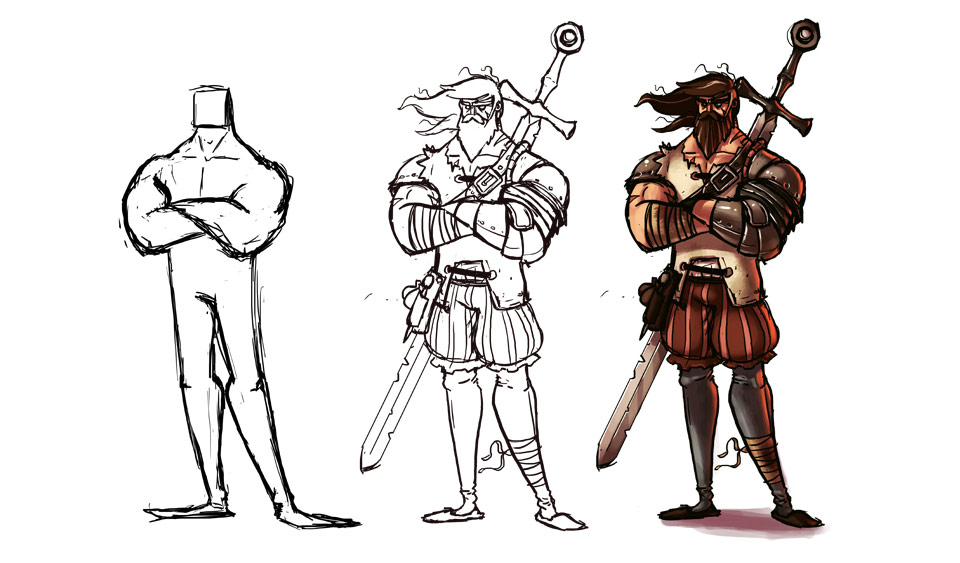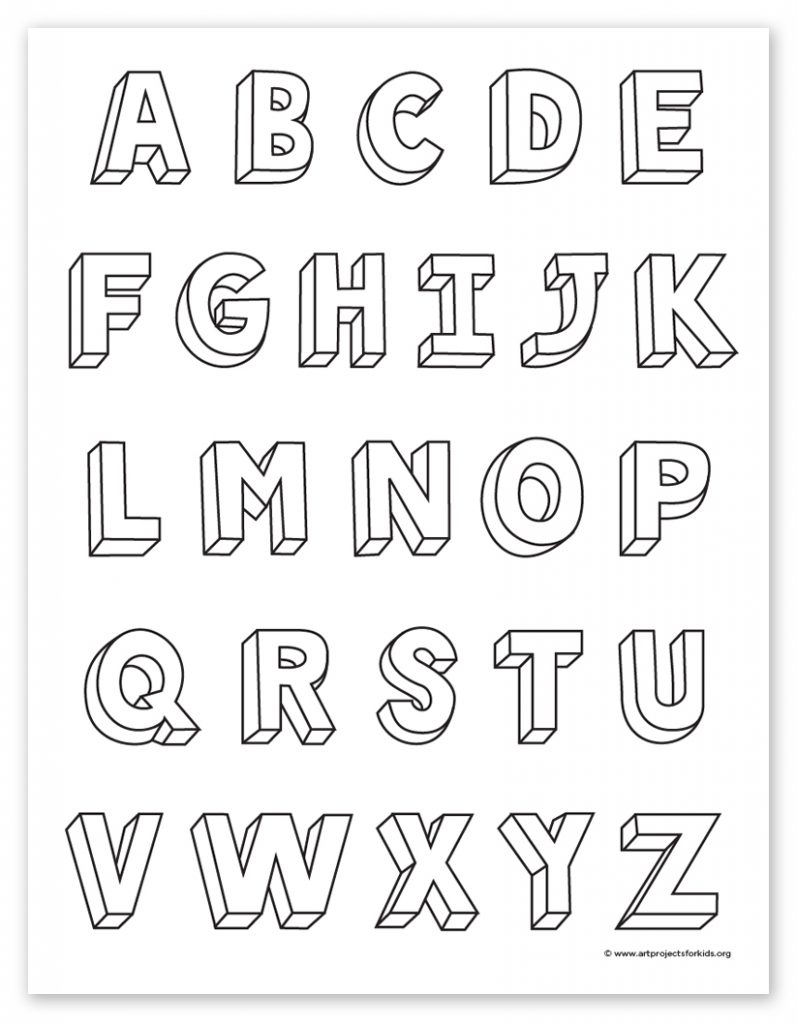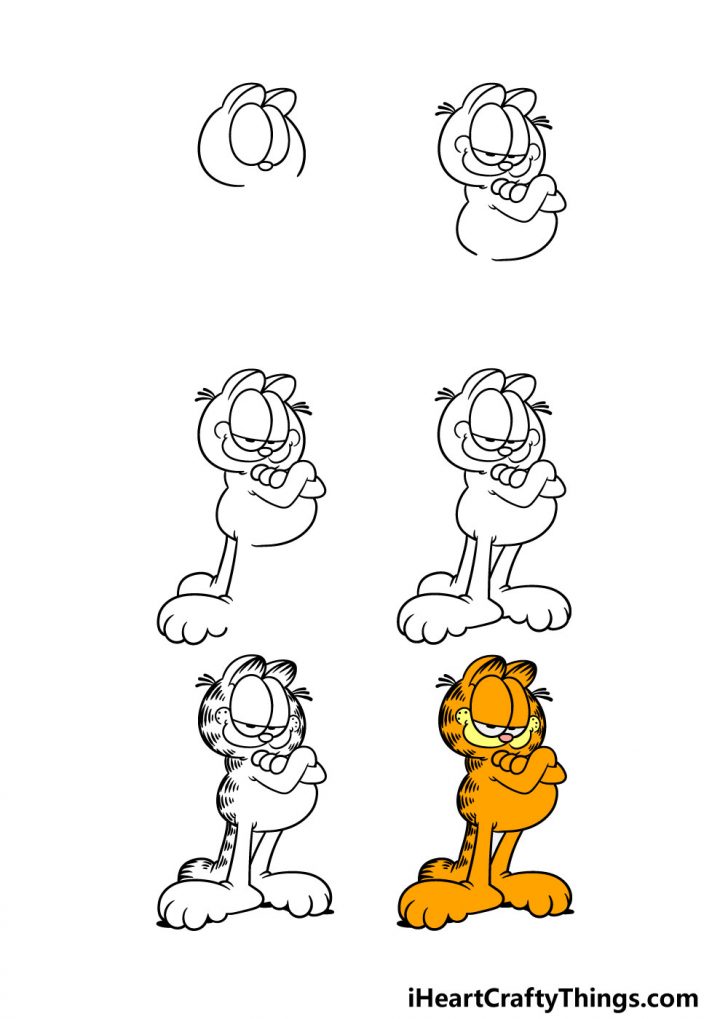Pre production and 3d modelling pre production is the phase in which
Table of Contents
Table of Contents
Are you looking to take your character design skills to the next level? Have you ever wanted to create lifelike characters that jump off the page? Look no further, because this guide will teach you how to draw stunning 3D characters that will leave people begging for more.
Designing characters in 3D can be a daunting task for those who are just starting out. From creating the base mesh to adding intricate details, there are many challenges that come along the way. However, the payoff for mastering this skill can be huge, as 3D characters can add incredible depth and realism to your designs.
First, let’s address the basics of how to draw 3D characters. The most important thing to keep in mind is that the process is broken down into three key stages: modeling, texturing, and rendering. Modeling involves creating the basic shape of the character, which will later be refined with more detailed textures and materials. Texturing involves adding the details and textures to the model, like skin, hair, and clothing. Finally, rendering is the process of creating the final image of the character using lighting and other effects.
Now that we’ve covered the basics, let’s dive into the main points of how to draw 3D characters. First, it’s important to have a strong understanding of anatomy and proportion. This will help ensure that your characters look lifelike and realistic. Additionally, it’s important to use proper lighting and shadows to create depth and dimension. Finally, don’t be afraid to experiment with different styles and techniques to create a unique and visually stunning 3D character.
Personal experience with how to draw 3D characters
When I first started learning how to draw 3D characters, I found it difficult to master the modeling stage. However, with practice and patience, I was able to create more detailed and refined models. One key tip that helped me improve was to start with basic shapes and then gradually add more details and refine the shape over time.
The importance of texturing in 3D character design
While modeling is important, the texturing stage is what really brings a 3D character to life. Texturing allows you to add intricate details and textures, which can give your character a unique personality and style. One key tip is to start with a solid base texture and then add smaller details on top, like wrinkles, scars, or even tattoos.
The role of lighting in 3D character design
Lighting is a critical aspect of 3D character design, as it can greatly impact the final look and feel of the character. Understanding how lighting affects different materials, like skin or metal, can help you create a more realistic and immersive character. Additionally, using different sources of light, like a key light and fill light, can help create depth and shadow.
The importance of experimentation in 3D character design
Finally, it’s important to experiment with different techniques and styles to create a unique and visually stunning 3D character. Don’t be afraid to try new things and take risks, as this can lead to breakthroughs in your own style and approach.
Question and Answer
Q: What software is best for drawing 3D characters?
A: Some of the most popular software for 3D character design include Blender, Maya, and 3DS Max. Each has its own strengths and weaknesses, so it’s important to do research and find the one that best fits your needs.
Q: How can I make my 3D characters look more lifelike?
A: One key tip is to study anatomy and proportion to ensure that your characters have realistic proportions and features. Additionally, paying close attention to the lighting and texturing can also greatly impact the final result.
Q: How should I approach adding clothing to my 3D characters?
A: One key tip is to start with a base mesh for the clothing and then use sculpting or other techniques to add more detail and textures. Additionally, understanding how different materials behave can also help create more realistic-looking clothing.
Q: How long does it typically take to create a 3D character?
A: The time it takes to create a 3D character can vary depending on the complexity of the design and the skill level of the artist. However, it’s not uncommon for the process to take anywhere from several hours to several days or even weeks.
Conclusion of how to draw 3D characters
Drawing 3D characters can be challenging, but with the right approach and practice, it can be an incredibly rewarding process. Whether you’re starting from scratch or looking to improve your existing skills, these tips and techniques can help you create stunning 3D characters that capture the imagination and leave a lasting impression.
Gallery
3D Tiger Drawing In Cartoon, Trick Art Anamorphic Illusion - YouTube

Photo Credit by: bing.com / 3d drawing cartoon tiger illusion anamorphic
10 Desenhos 3D Impressionantes E Criativos (com Imagens) | Tutoriais De

Photo Credit by: bing.com / step criativos impressionantes fu loch simples
3D Character Design (5)

Photo Credit by: bing.com / character 3d cartoon designs characters front awesome modeling model profile animation beautiful webneel styles illustration realistic creative concept man examples
Pre-Production And 3D Modelling. Pre-production Is The Phase In Which
Photo Credit by: bing.com /
Creating A 3D Character Feature - Cross Of The Dutchman - Indie DB

Photo Credit by: bing.com /






